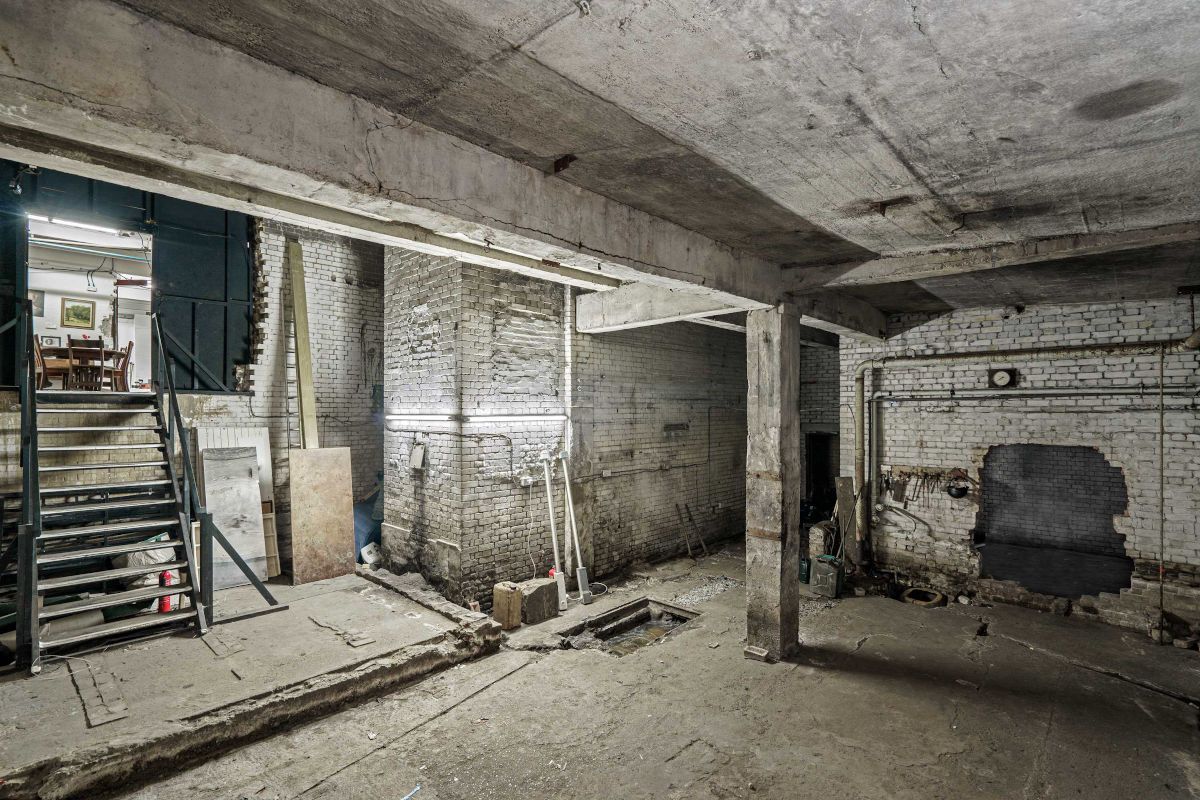Filmmaking is all about taking risks, but whilst breaking cultural taboos or experimenting with camera angles may see you hailed as a creative trailblazer, taking risks with people's safety carries a different kind of fame (and not the kind that you want). In fact, ensuring that your crew are working in a safe environment allows them to feel comfortable enough to express their creativity to its fullest potential.
Film risk assessments allow you to carefully assess and control potential hazards on set, and are a crucial part of managing health and safety whilst working on film productions. It's no shock, however, that they can be a bit of a pain to write up, and it's easy to miss or overlook things that may prove significant down the line. That's why we've created a quick tutorial on how to create a film risk assessment using the help of ChatGPT.
Check out this video tutorial on how to create a film risk assessment and read on for some extra tips and advice:
Contents:
- Crafting your ChatGPT prompt
- Refining the response
- Using the data
- FAQs
1. Crafting your ChatGPT prompt
When asking ChatGPT to draft your film risk assessment, it's important that you give it as much relevant information as you can. Type up a rundown of your shoot, including details about your filming locations, filming equipment, activities and crew.
Refer to your production's locations library for details about each space, and try to consider any potential hazards that they may pose. For example, filming in a garden may pose the risk of exposure to adverse weather conditions, whilst filming in an abandoned warehouse may pose the risk of structural instability.

You can ask ChatGPT to present the data in tabular form. This will allow you to easily copy and paste the information to your own spreadsheet.
Potential ChatGPT prompt: "Can you help me produce a risk assessment for a film shoot that I have planned? The film shoot will be held at [details about locations] with a crew of [crew size] and [number of] actors. Please could you provide a detailed assessment in tabular form"
2. Refining the response
Once you've generated a response from ChatGPT, proof the information and check if there's anything that needs adding or amending. You can ask ChatGPT to add in any potential hazards that are likely to be part of your shoot, and ChatGPT will regenerate the table in full.
If you need some help, try prompting ChatGPT by asking it: "can you ask me some clarifying questions to provide a more tailored response?". You'll then receive a number of prompts and questions that can help you to provide more specific information about your film shoot, and thus produce a more thorough risk assessment for your film shoot.

Otherwise, try thinking about aspects such as weather conditions, planned stunts, fire hazards, experience of crew members, and access to First Aid and emergency services.
3. Using the data
Now that you've refined your response, simply highlight the table that ChatGPT has created and paste it into your own spreadsheet.
It's worth noting that whilst ChatGPT is great at producing a basic film risk assessment outline, it's always a good idea to consult a qualified Health & Safety specialist or risk management professional to ensure that your film risk assessment is in line with guidelines. Typically, a risk assessment will be reviewed by the production's senior management, who then assesses and prioritises which control measures to implement.

It's important that you use this information to effectively manage potential risks by taking preventative measures and minimising the danger of unforeseen accidents. Creating a film risk assessment is the first step, but then you must implement appropriate controls to ensure you and your team's safety.
A well-prepared risk assessment is an essential part of fostering a safety-conscious culture amongst your team, and embracing new technologies like ChatGPT encourages filmmakers to involve themselves in these processes. This not only safeguards the well-being of your cast and crew but also protects the integrity of your creative project.
FAQs
Why do I need a risk assessment for my film shoot?
A risk assessment is required to comply with legal and insurance requirements and ensure that proper safety measures are in place. It helps to prevent accidents, injuries, or damage to property, which could delay production and increase costs.
How can I assess the severity and likelihood of risks?
Risks can be assessed using a simple matrix that measures both the likelihood (how probable it is that a risk will occur) and severity (the potential impact if it does). ChatGPT can help you create a risk matrix and provide guidance on assigning risk levels to various hazards.
Can I update the risk assessment during production?
Yes, the risk assessment should be a living document that is reviewed and updated throughout the production process. If new hazards arise or conditions change (such as weather or equipment malfunction), you should reassess the risks and update the control measures accordingly.
What are the legal requirements for a film shoot risk assessment?
Legal requirements vary by country and region, but most jurisdictions require a risk assessment for professional film shoots, especially if they involve hazardous activities. ChatGPT can help you find general guidance, but you should also consult local regulations or legal advisors to ensure compliance.
Find film and video studios with Tutti
Choose from 1000+ spaces and locations on Tutti and deal directly with space hosts for a quick, hassle-free booking process.
















